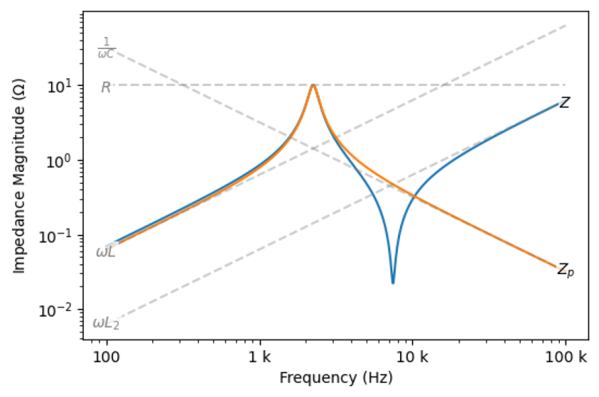Using circuit simulating software like SPICE can be a powerful tool for modeling the behavior of a circuit in the real world. On the other hand, it’s not always necessary to have all of the features of SPICE available all the time, and these programs tend to be quite expensive as well. To that end, [Wes Hileman] noticed an opportunity for a specific, quick method for performing impedance calculations using python without bulky, expensive software and came up with a program which he calls fastZ.
The software works on any network of passive components (resistors, capacitors, and inductors) and the user can specify parallel and series connections using special operators. Not only can the program calculate the combined impedance but it can perform frequency analysis at a specified frequency or graph the frequency response over a wide range of frequencies. It’s also running in python which makes it as simple as importing any other python package, and is also easy to implement in any other python program compared to building a simulation and hoping for the best.
If you find yourself regularly drawing Bode plots or trying to cobble together a circuit simulation to work with your python code, this sort of solution is a great way to save a lot of headache. It is possible to get the a piece of software like SPICE to to work together with other python programs though, often with some pretty interesting results.


 The Internet of Things is fast approaching, and although no one can tell us what that actually is, we do know it has something to do with being able to control appliances and lights or something. Being able to control something is nice, but being able to tell if a mains-connected appliance is on or not is just as valuable. [Shane]
The Internet of Things is fast approaching, and although no one can tell us what that actually is, we do know it has something to do with being able to control appliances and lights or something. Being able to control something is nice, but being able to tell if a mains-connected appliance is on or not is just as valuable. [Shane] 









